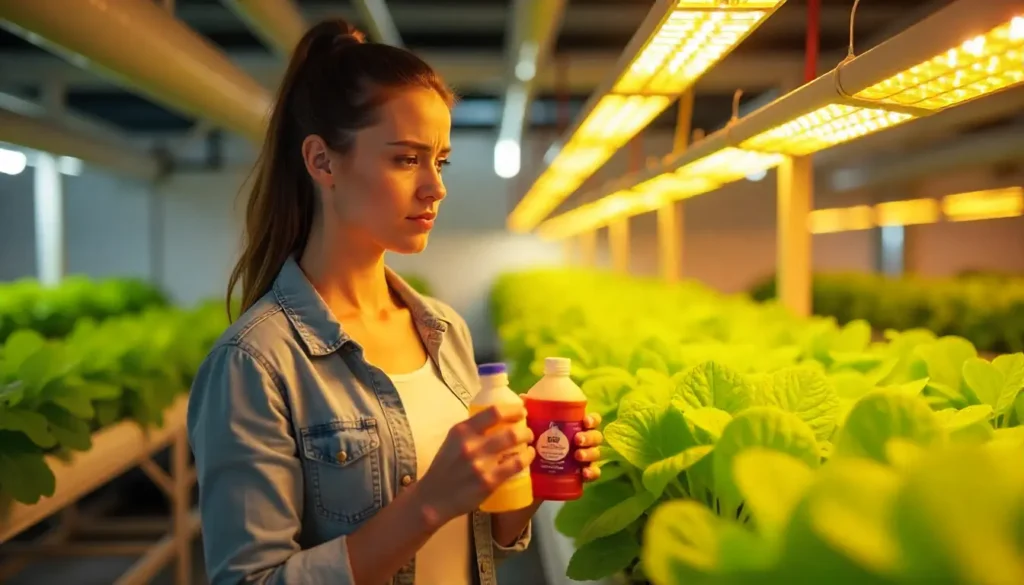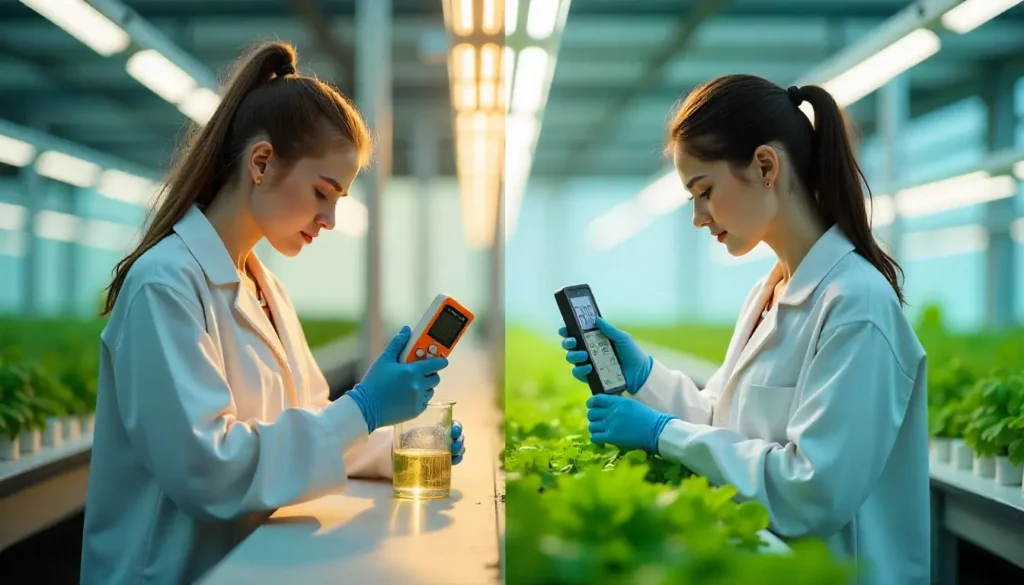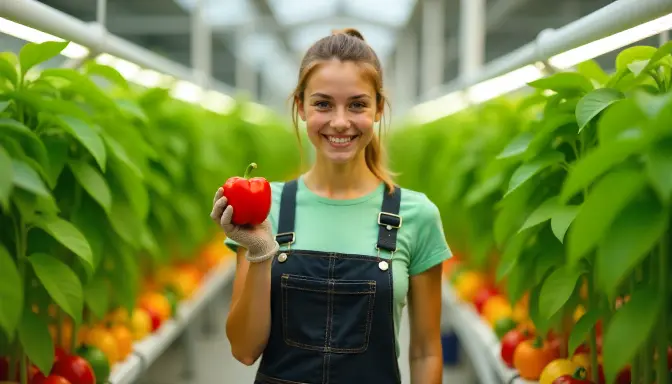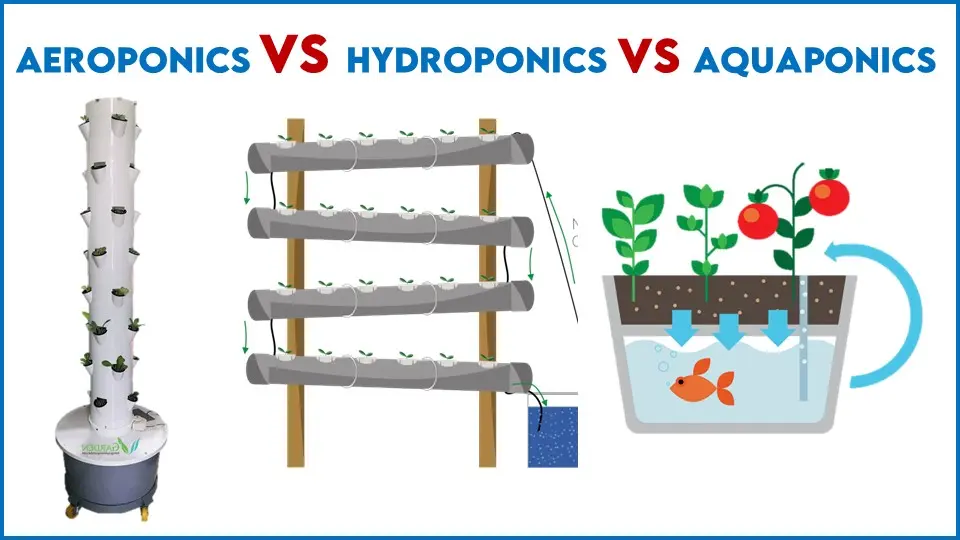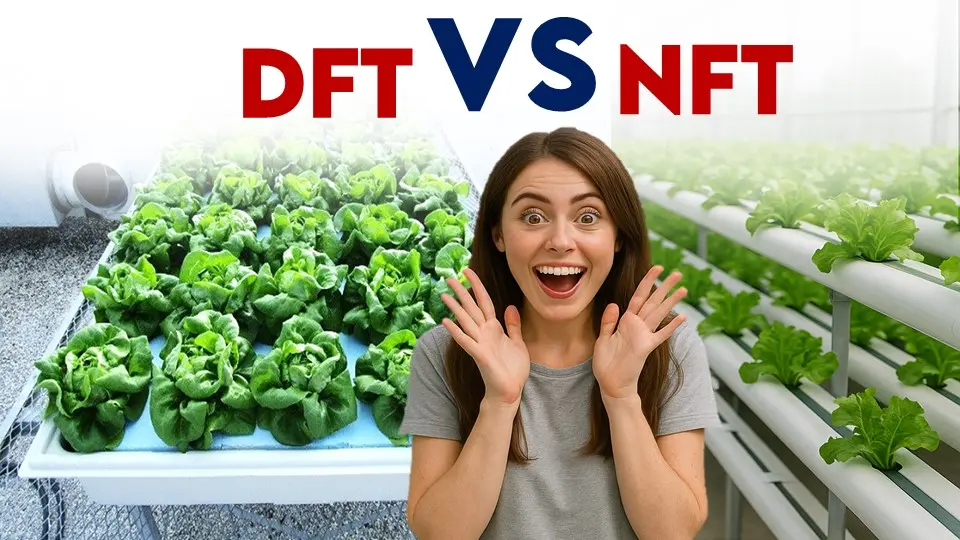Bamboo Hydroponics System: Cutting Edge with Sustainability
Hydroponics nowadays is becoming a high earning potential business as many individuals and companies try to do farming in hydroponics due to its impressive feedback. Hydroponics is now spreading in the world at a high speed. As it is also done in cities and urban areas, its diversion is very fast. Now the new generation wants to do farming with the new technologies and less manual work. Bamboo hydroponics system is one of the kind.
Now to increase the sustainability of these technologies, one way to make these nature friendly and lowering the cost of setup. By doing these things more can operate these technologies also small farmers and new entrepreneurs take interest. Bamboo hydroponic system is one of the good steps in the involvement of hydroponic system as it reduces the set up cost and provides proper advantages of hydroponic system.
Impressive Way to Decrease Set Up Cost:
As the initial cost of the hydroponic set up is very high then the bamboo hydroponics system and it makes the investor think more about this. This is a way or we can say a natural way to decrease the set up cost. This is by using bamboo in the place of PVC and plastic pipes. Bamboo we all know is a very important plant because it has multipurpose uses like it is used as fodder for cattles. Bamboo is used in basket making, house making, dry bamboo can be used as fuel wood. It is found naturally or if it is not then it can also be purchased.
Addition of Sustainability and Durability in Hydroponic System:
As we see the bamboo is much stronger than those PVC or Plastic pipes as those can get damaged during mechanical work or other works in the hydroponic system. If there’s any breakage in the pv pipes it can cost a large amount and it can increase the setup cost. On the other hand bamboos are very hardy and stronger then these so it can handle or tolerate any strikes and cannot be damaged easily. So we can say that bamboo hydroponics system is more durable and sustainable then normal hydroponic system.
Bamboo as an Alternative in Hydroponics:
Use in Supply of Liquids:
When we can diversify the use of natural segments in our new technology it increases the availability of resources and also reduces the cost of production. In hydroponics the supply of liquids for example, water or the liquid having all the nutrient ingredients which are required by the plant is taken by those bamboo rather than using pipes of plastic and PVC. This is also a step towards the environment and to save our ecology as we are excluding the microplastics from the system and replacing plastic with natural bamboo. The flexible pipes can be connected to the bamboos from the tank or water reservoir and those bamboos are connected to the plants from where they get the nutrients.
Growing Containers:
To grow plants in hydroponics first of all the seeds are grown in an indoor nursery whose containers are commonly plug trays or pro trays and these can be replaced by containers made up of bamboo. It is an incredible art of using bamboo in converting it to the containers in which we can do the same work we can do for which we use plastic trays. This will increase the jobs of those people who work with bamboo and make these kinds of structures as the demands will increase in the market. Also in hydroponics the containers that hold the plants are made up of bamboo.
Supporting Structures:
In hydroponics some plants need support to hold their fruits as their stem does not have enough strength. Bamboo can be used to hold the plants as it is a good alternative. Also bamboo poles are used in making the hydroponic setup rather than using costly steel and aluminum. Supporting structures can be made by bamboo as it is strong and available almost everywhere. By making use of bamboo it will reduce the cost of production.

Image Source: vecteezy
Biofiltration:
One thing to be noted down is that bamboo hydroponics system acts as a biofilter for water and excess nutrition which is not required by the plant. Its internodes are visibly seen and there are presence of roots in their internodes. These act as a biofilter and absorb the excess nutrients and act as a balance regulation in the hydroponic setup.
| Component | Bamboo Application | Benefits |
| Support Structures | Bamboo poles or stakes for trellises and vertical gardens | Sturdy, sustainable support for vining crops, maximizes space |
| Growth Medium Support | Bamboo frames or grids for supporting growing mediums | Provides stability for roots, promotes healthy growth |
| Containers and Planters | Bamboo containers or planters for holding growing mediums | Sustainable alternative to plastic pots, durable and versatile |
| Aeration Tubes | Bamboo tubes with perforations for oxygenating nutrient solution | Promotes healthy root development, prevents anaerobic conditions |
| Decorative Elements | Bamboo screens, borders, or accents for aesthetic enhancement | Adds natural, tranquil ambiance to hydroponic setups |
| Root Support | Bamboo grids or mats to support plant roots | Prevents root entanglement, facilitates nutrient uptake |
Benefits of Using Bamboo in Hydroponics:

Image Source: springer link
Contribution Towards Environment:
As we see nowadays pollution in the environment is becoming a very big issue as it causes problems to humans, animals, plants or we can say to the whole planet and one of the major reasons behind this is the growing use of plastic almost everywhere. As we know it is non biodegradable and also a source of carbon emission. By making alternatives to these kinds of things can save the earth and in hydroponics if we use bamboo rather than plastic it may be a contribution towards nature and contribution in saving nature. But in the case of bamboo it can be used as fuel wood and if it can be thrown then it will decompose.
Reduces Cost of Production by using Bamboo Hydroponic System:
Bamboo is cheaper than those pipes of plastics and PVC which are to be purchased from the market. High cost of production is a headache and it lowers the motivation of the grower. To lower down the cost of production it is better to use bamboo in structural framework and wherever it can be used. We have discussed above how we can use bamboo in different places in a hydroponic setup.
High Durability:
As bamboo is much stronger then these plastics. It is more durable than plastic pipes which can lead to a more sustainable and durable setup. High durability helps in reducing the maintenance cost and help in the management of grower if plastic is replaced by such durable bamboo . In India bamboo is used in house making in many areas mostly in the villages and those structures are very stronger than other things.
Health Perspective of Using Bamboo Hydroponics System:
Researchers are doing a great job to increase the lifespan of humans as many researches are against the use of plastics as now microplastic becomes a major issue. As in hydroponics when plants are grown in plastic containers and also the nutrient solution is made in those plastic containers at some point there may be chances of microplastic being gone in the plant system through the nutrient solution and water taken by the plants. By this it can also enter our system and cause health issues. So bamboo is natural and safer than these plastic pipes and containers.
Less Chemical Exposure in Bamboo Hydroponics System:
Other than plastic there are many other things used in hydroponics which can be replaced by bamboo. One is the PVC pipes and these are coated with chemicals and with time these are leached with water and the nutrient solution gets mixed with these harmful chemicals. And with many connections it will reach us by the system.
These are some found in these pvc pipes and plastic pipes.
| Chemical | Description | Health Concerns |
| Phthalates | Plasticizers used to increase flexibility | Endocrine disruption, reproductive issues, developmental abnormalities |
| Bisphenol-A (BPA) | Found in polycarbonate plastics and epoxy resins | Hormone disruption, reproductive problems |
| Lead | Impurity in older pipes or recycled materials | Neurological damage, especially in children |
| Chlorinated Compounds | Formed during PVC production | Highly toxic, persistent environmental pollutants |
| Stabilizers | Added to improve performance and durability | Potential health and environmental impacts |
| Flame Retardants | Added to reduce flammability | Concerns over toxicity and environmental persistence |
Disadvantages of Using Bamboo in Hydroponics:
| Disadvantage | Description |
| Rotting | Bamboo is susceptible to rotting when constantly exposed to water, which can lead to instability in the system and nutrient contamination. |
| pH Imbalance | Bamboo may alter the pH balance of the nutrient solution as it decomposes, potentially affecting plant growth. |
| Nutrient Competition | Bamboo may absorb nutrients from the hydroponic solution, leading to nutrient imbalances and deficiencies in plants. |
| Decomposition | Decomposing bamboo can release compounds and organic matter into the nutrient solution, causing clogs or promoting the growth of algae and harmful bacteria. |
| Invasive Species Concerns | Some bamboo species can be invasive if not properly contained, posing a threat to local ecosystems by outcompeting native plants. |
Comparison Between use of Bamboo and Plastic in Hydroponics:
| Benefits | Bamboo | Plastic Pipes |
| Sustainability | Renewable resource, grows rapidly | Made from non-renewable fossil fuels |
| Biodegradability | Decomposes naturally at end of life cycle | Persists in environment for hundreds of years |
| Carbon Sequestration | Absorbs carbon dioxide during growth | Contributes to greenhouse gas emissions |
| Strength and Durability | Strong and durable | May degrade over time, requiring replacements |
| Aesthetic Appeal | Natural and visually appealing | May lack aesthetic appeal |
| Cost-effectiveness | Long-term cost savings due to durability | Initial costs may vary, potential replacements |
| Reduced Chemical Exposure | Does not leach harmful chemicals | May release harmful substances over time |
Conclusion:
We have discussed above various points on using bamboo or a hydroponic system made up of bamboo then of the usual plastic. These are very interesting to add our nature friendly things to new generation technology to make the new technologies far better with respect to the environment. However an experienced and skilled person is required in doing such work as it is more technical work. Without knowledge installing the setup can cause major loss issues and with proper guidance it will become a boon.
Do You Really Know About Hydroponics? Let’s Play a Quiz!
Think you know everything about hydroponics? It’s time to put your knowledge to the test! Play this interactive quiz and challenge yourself with questions about soil-less farming, nutrient solutions, and the amazing world of hydroponics.
Hydroponics Puzzle Quiz Game
Test your knowledge and reasoning in hydroponics with this fun and interactive quiz game!
Congratulations!
Latest Post
- Nutrients Required for Hydroponic Farming
- Types of Grow Light for Hydroponics
- Factors Affect Nutrient Solution in Hydroponics
- How to Maintain pH and EC in Hydroponics System
- How to Clean Hydroton Clay Pebbles For Reuse
- How to Clean Hydroton Clay Pebbles for Reuse
- Role of Grow Light in Hydroponics
- How to Grow Hydroponic Peppers (Bell Peppers Hydroponics)
- Aeroponics vs Hydroponics vs Aquaponics
- Difference between NFT and DFT Hydroponics : What’s best for you?
- Can You Grow Watermelon Hydroponically : Hydroponic Watermelon
- Best Vegetables for Hydroponics System
- How to Grow Hydroponic Kale : Step by Step GUIDE
- How to Prevent Root Rot in Hydroponics
- Can You Grow Blueberries Hydroponically?
Join Our Hydroponics Growers Group!
Connect with fellow hydroponics enthusiasts, share your ideas, ask questions, and grow together as a community.
👉 Join WhatsApp Group



